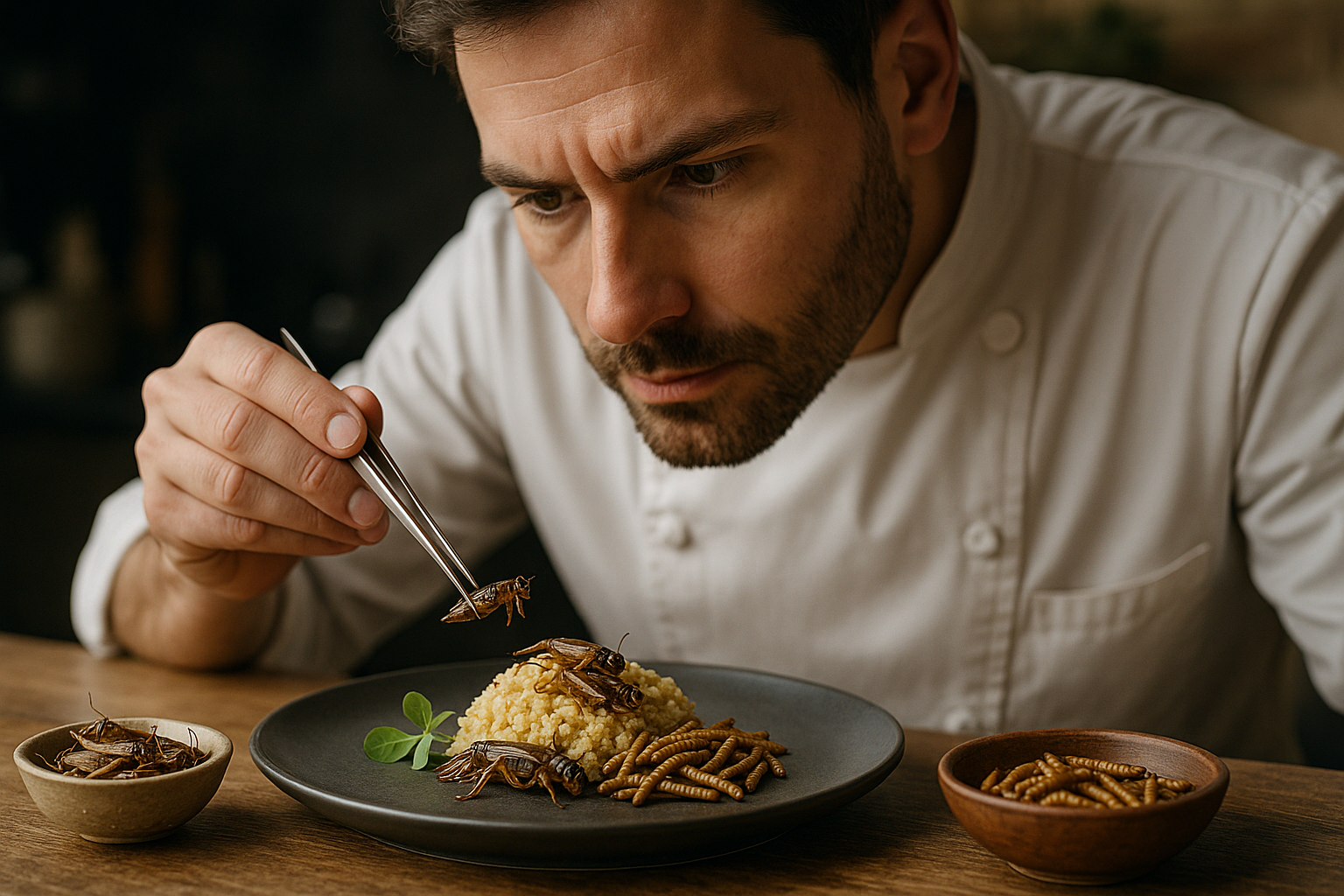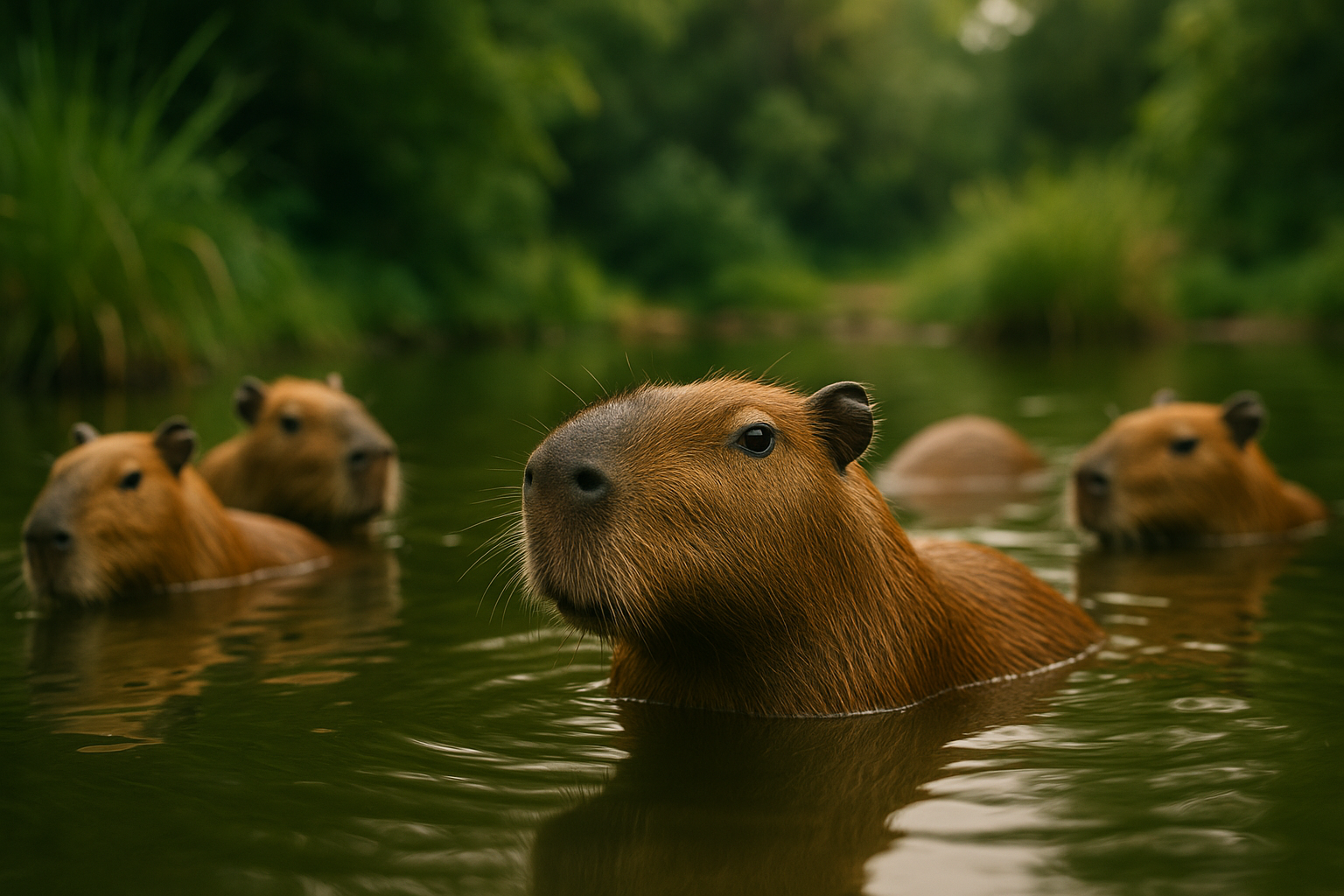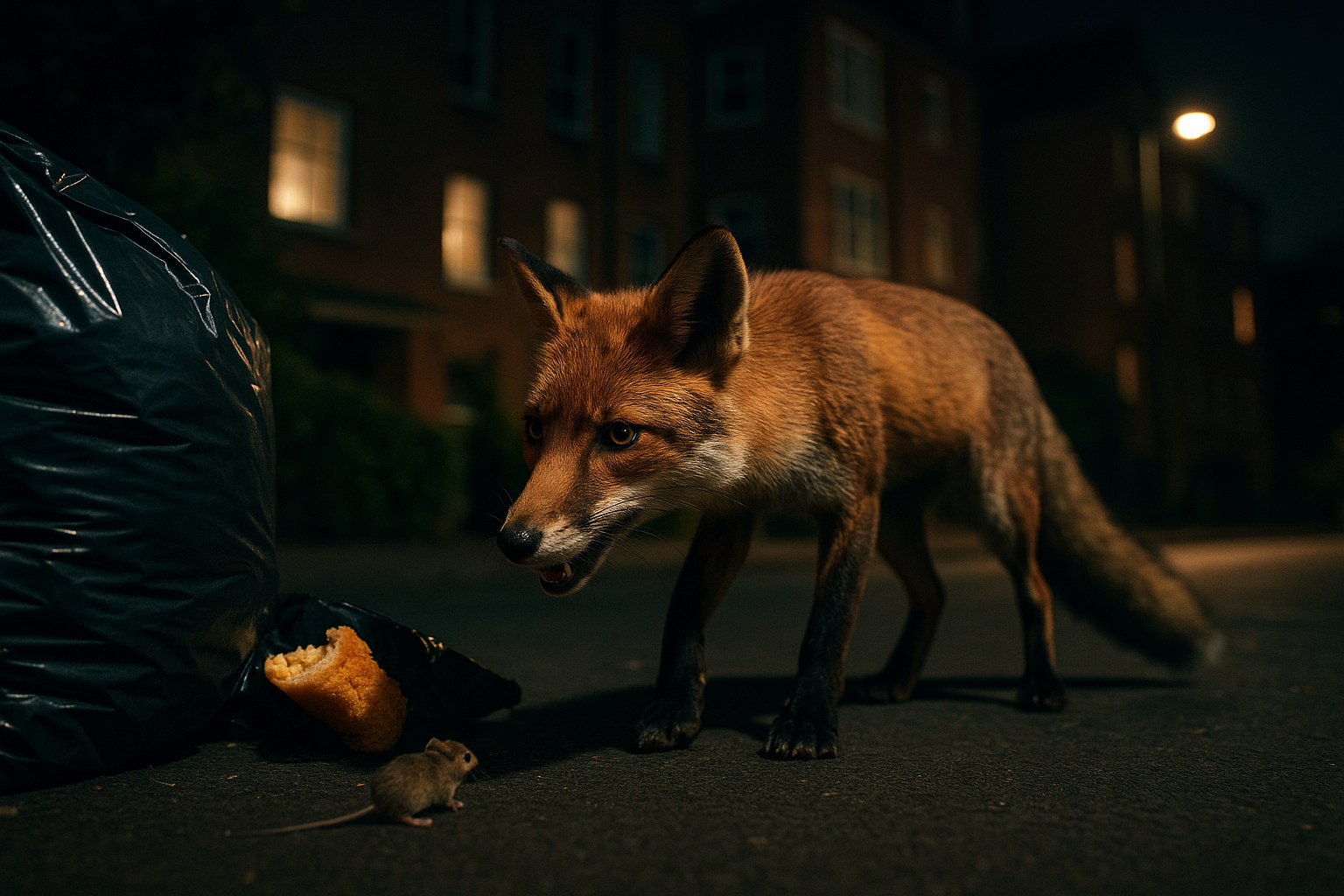A Deep Dive into the World of Edible Insects: Culinary Innovation or Fear Factor?
Insect consumption, known as entomophagy, is not a new phenomenon. It has been a part of traditional diets in various cultures around the globe. However, in recent years, the West has been gradually opening up to the idea of adding these critters to our plates, largely driven by environmental and nutritional considerations. Let's explore this captivating trend and what it means for our food culture.

The Buzz about Edible Insects
Edible insects are not just protein-packed but also a sustainable food source. They require less water, land, and feed compared to traditional livestock, making them an eco-friendly alternative. Insects are also rich in essential nutrients like omega-3 fatty acids, vitamins, and minerals. From crickets to mealworms, the variety of edible insects is vast, and each offers a unique flavor profile and texture.
Bugs on the Menu
From Michelin-starred restaurants to food trucks, edible insects are making their way onto menus in creative ways. Crickets are being ground into flour and used in baking, while silkworm pupae are being turned into a unique kind of hummus. Some chefs are even using ants to add a pop of citrusy flavor to dishes. This culinary innovation is not only pushing boundaries but also challenging our perceptions of food.
Overcoming the ‘Yuck’ Factor
The biggest hurdle to the mainstream adoption of edible insects is perhaps the ‘yuck’ factor. Many in the West have been conditioned to see insects as pests, not protein. However, food is as much about perception as it is about taste. In fact, lobsters were once seen as ‘sea insects’ and fed only to prisoners. Today, they are a gourmet delicacy. It’s all about changing mindsets.
Bugs in a Bottle
In the beverage world too, insects are creating a buzz. Think cricket-infused beer or ant gin. These unique concoctions are not only novel but also sustainable, aligning with the growing consumer demand for environmentally friendly products. Though still niche, the insect-based beverage market is showing promising potential.
The Future of Edible Insects
With growing concerns about food security and environmental sustainability, edible insects present a compelling solution. While they may not replace our steaks and chicken breasts anytime soon, they are likely to become a more prevalent part of our diets. As we continue to push culinary boundaries and explore new sustainable food sources, it’s clear that bugs are more than just a passing food fad.
-
A cricket is more than twice as efficient in converting feed to meat as a chicken, four times as a pig, and 12 times as a cow.
-
Insects emit considerably fewer greenhouse gases than most livestock.
-
Insects can be grown on organic waste.
-
Insects are rich in protein, vitamins, and amino acids.
So, are you ready to take the leap and try an insect-infused dish or drink? As we journey towards a more sustainable and innovative food future, it’s clear that the world of edible insects offers vast unexplored culinary possibilities. Let’s embrace the unfamiliar and welcome these critters onto our plates – after all, they might just be the superfood of the future.




